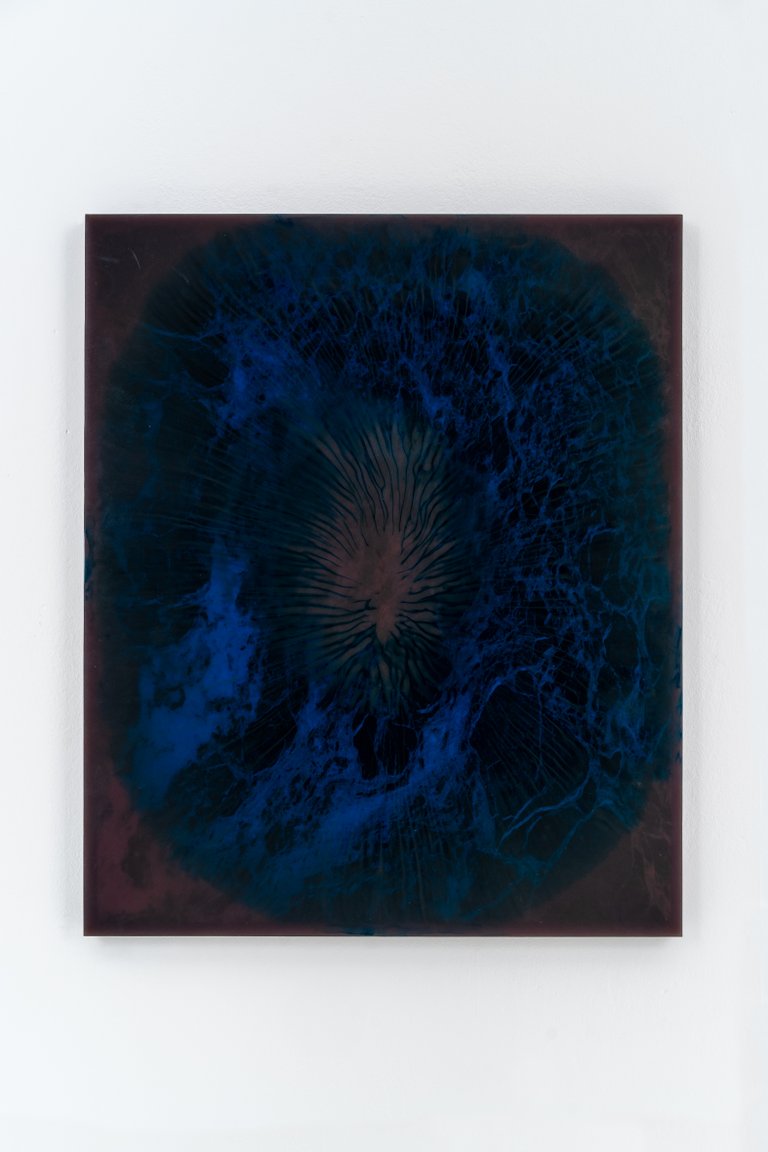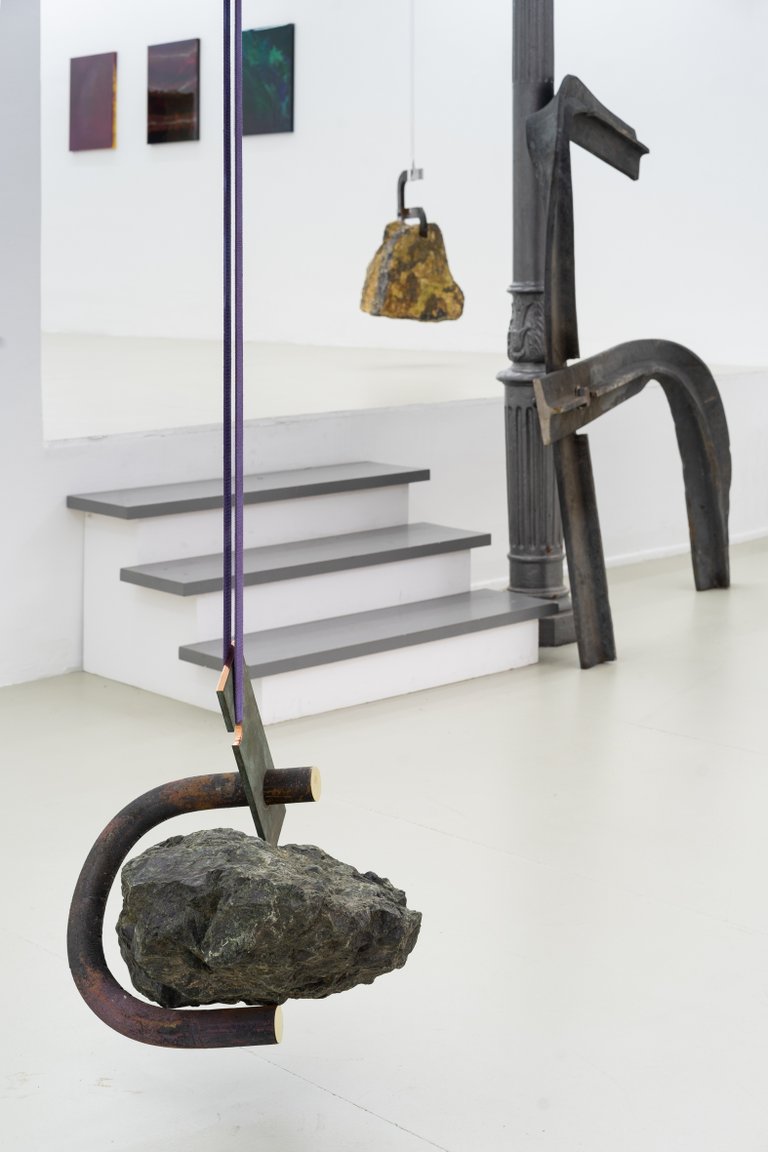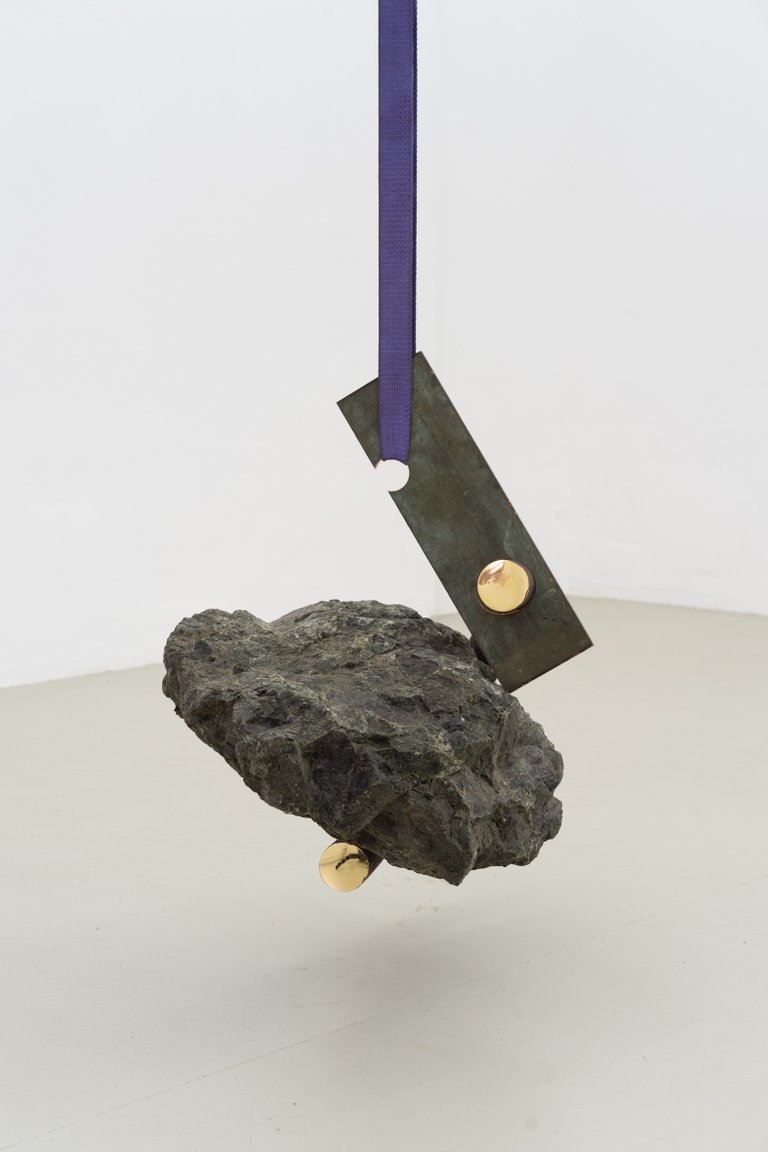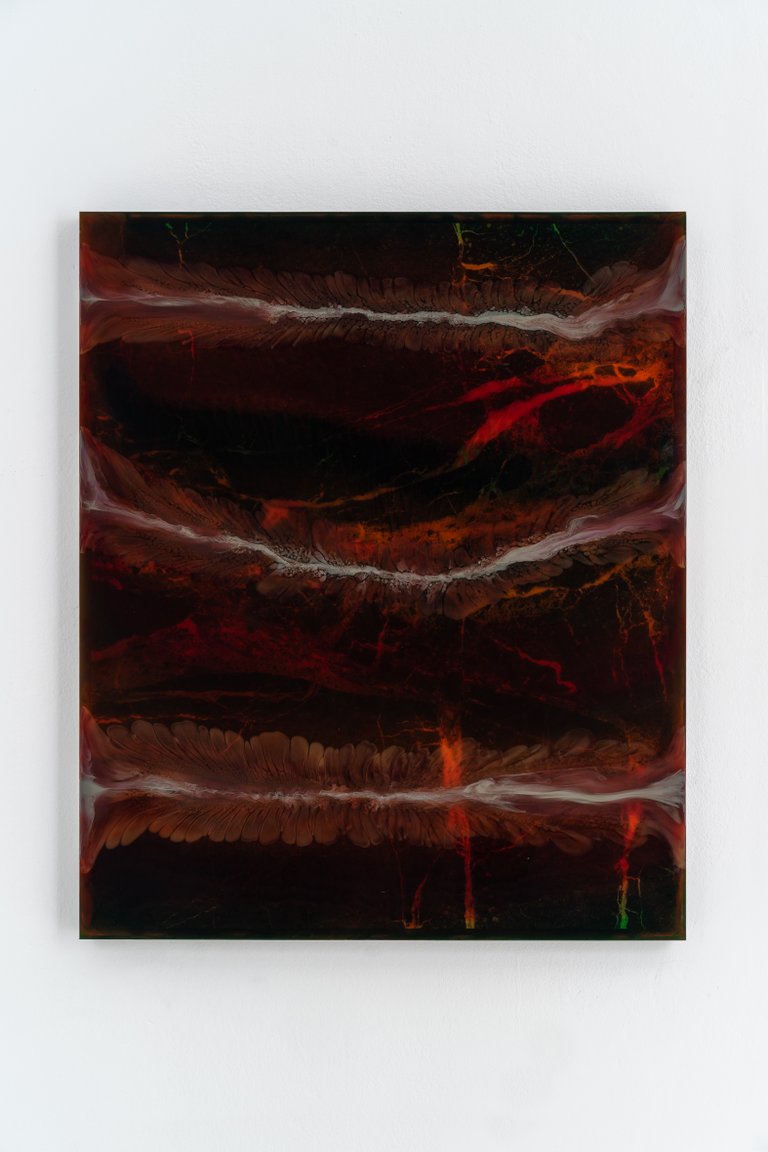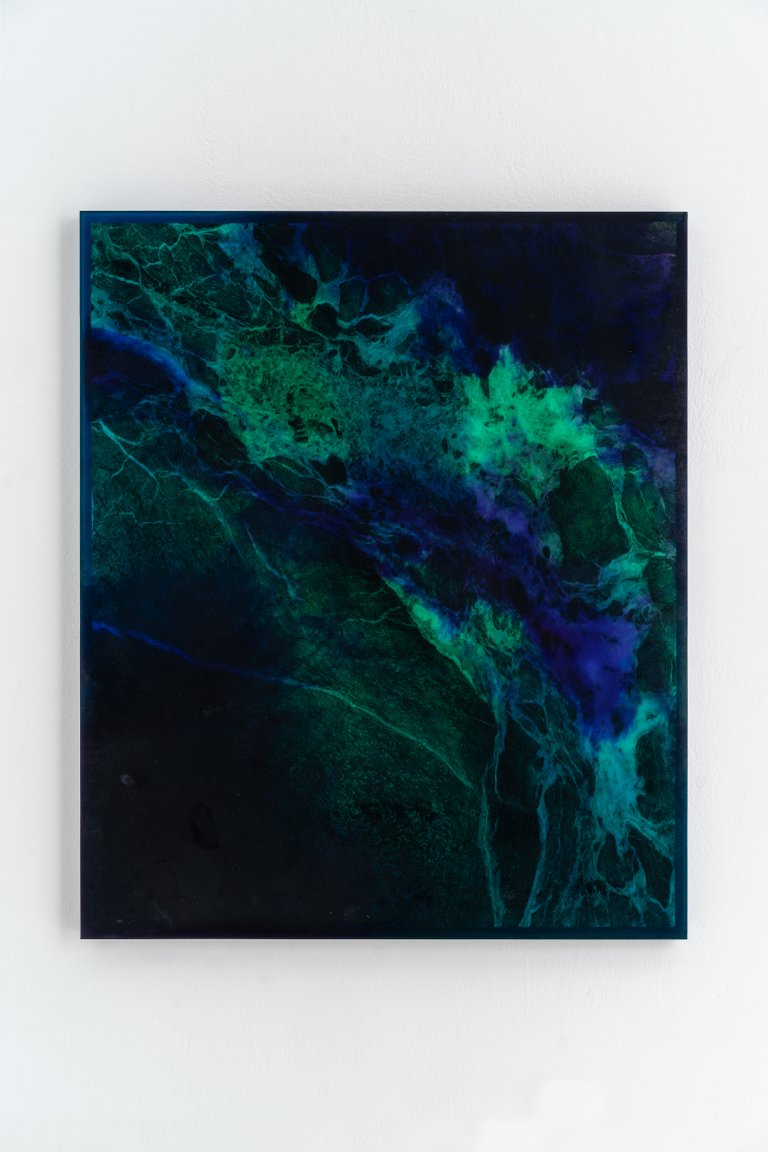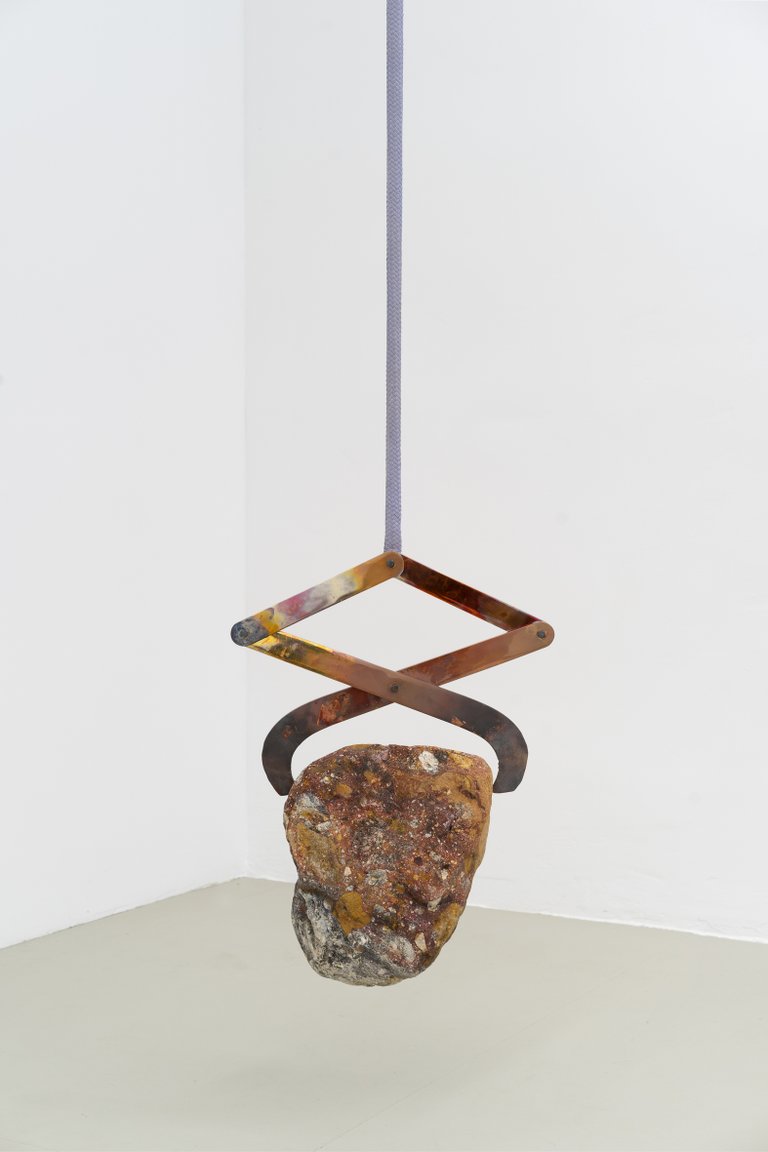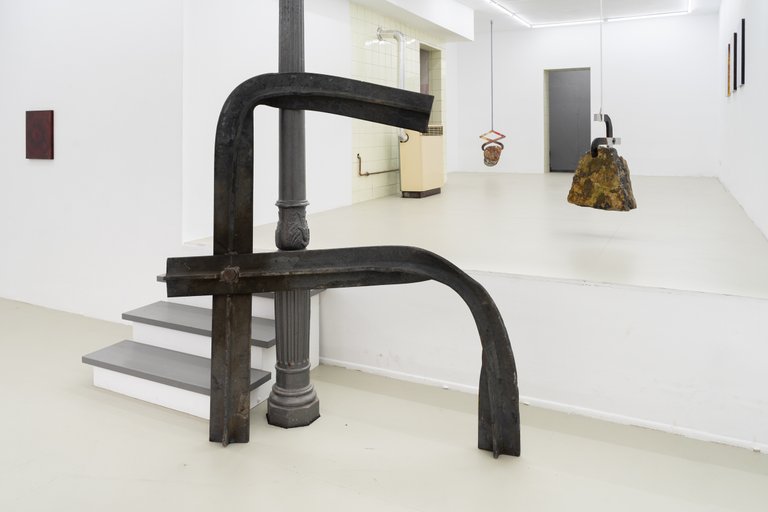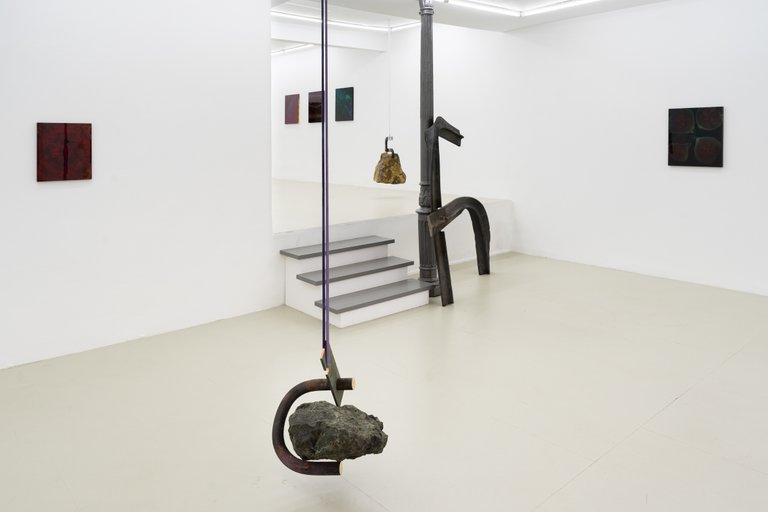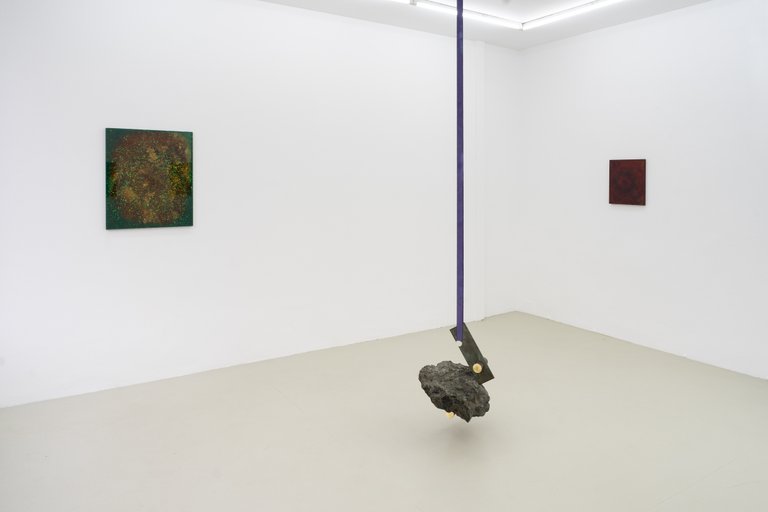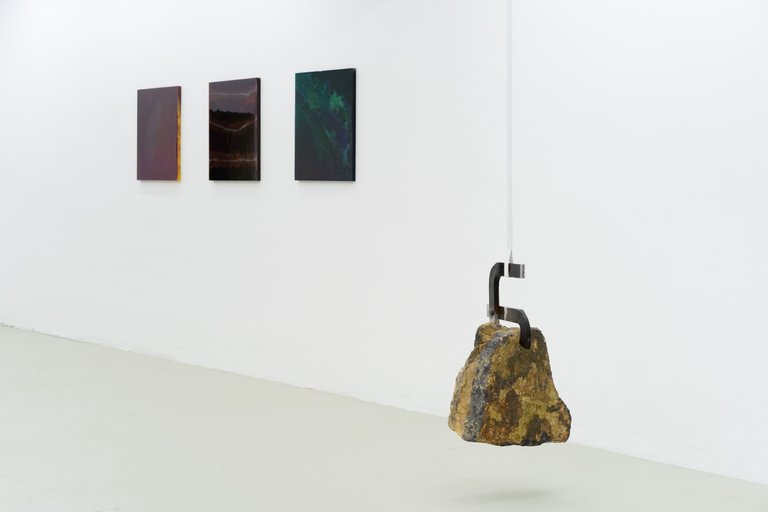Mount Petrol
Nino Maaskola
Sep 16
- Oct 19, 2023
Opening / Sep 15, 7 PM
Mount Petrol
Nino Maaskola
Sep 16
- Oct 19, 2023
Opening / Sep 15, 7 PM
Mount Petrol
Nino Maaskola
Sep 16
- Oct 19, 2023
Opening / Sep 15, 7 PM
Mount Petrol
Nino Maaskola
Sep 16
- Oct 19, 2023
Opening / Sep 15, 7 PM
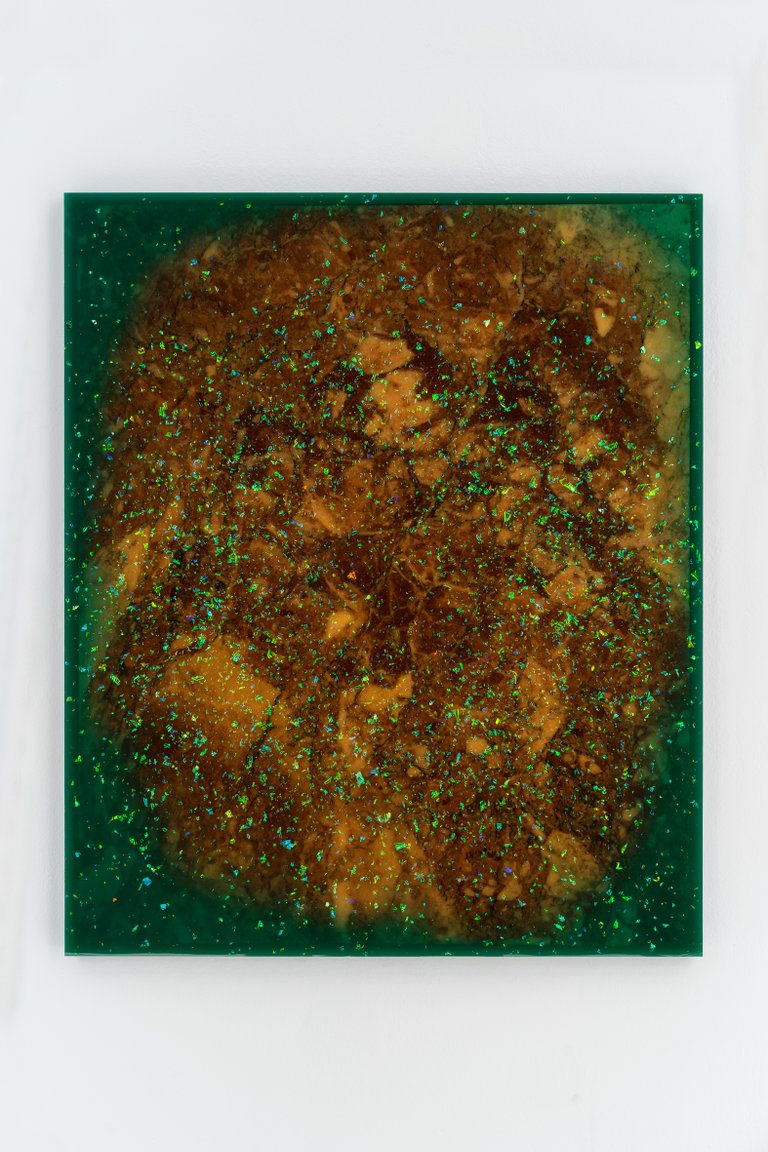
Nino Maaskola
Mount Petrol (Seagreen, Peru, Saddlebrown), 2023
red marble, synthetic resin, synthetic metal leaf
70 x 58,3 cm
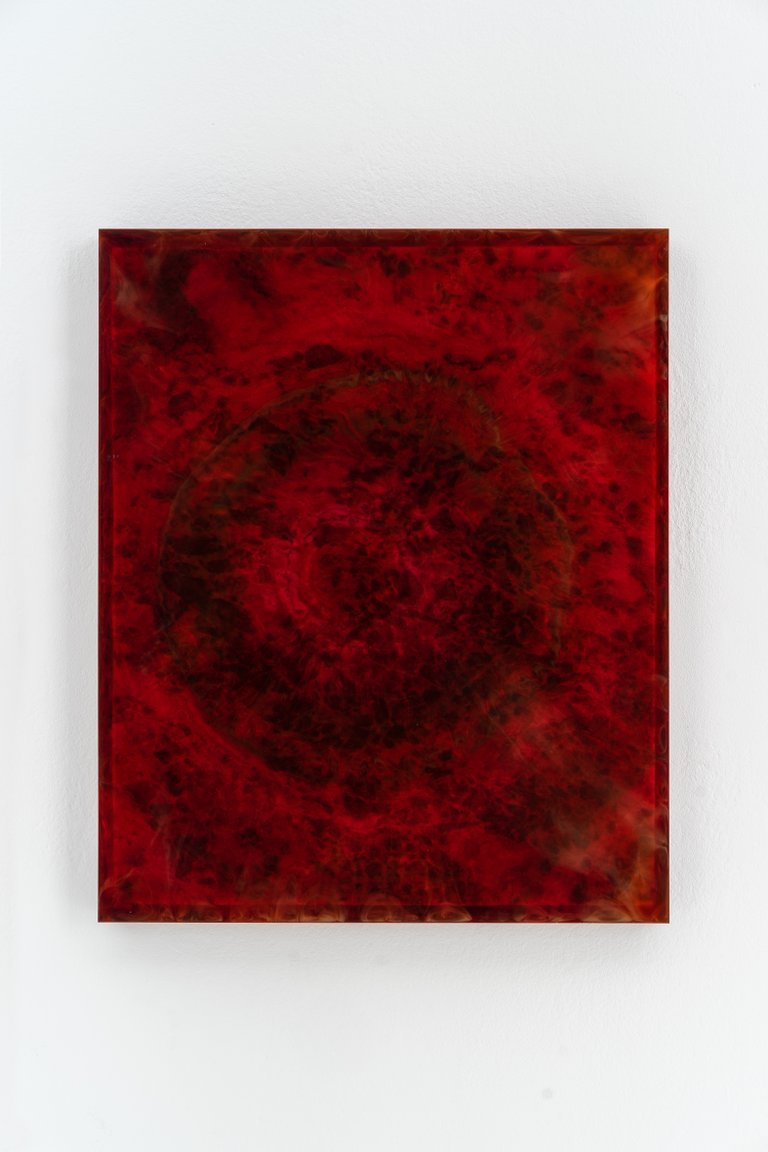
Nino Maaskola
Mount Petrol (Darkred, Mediumturqouise), 2023
black and white granite, synthetic resin
40,5 x 33,5 cm
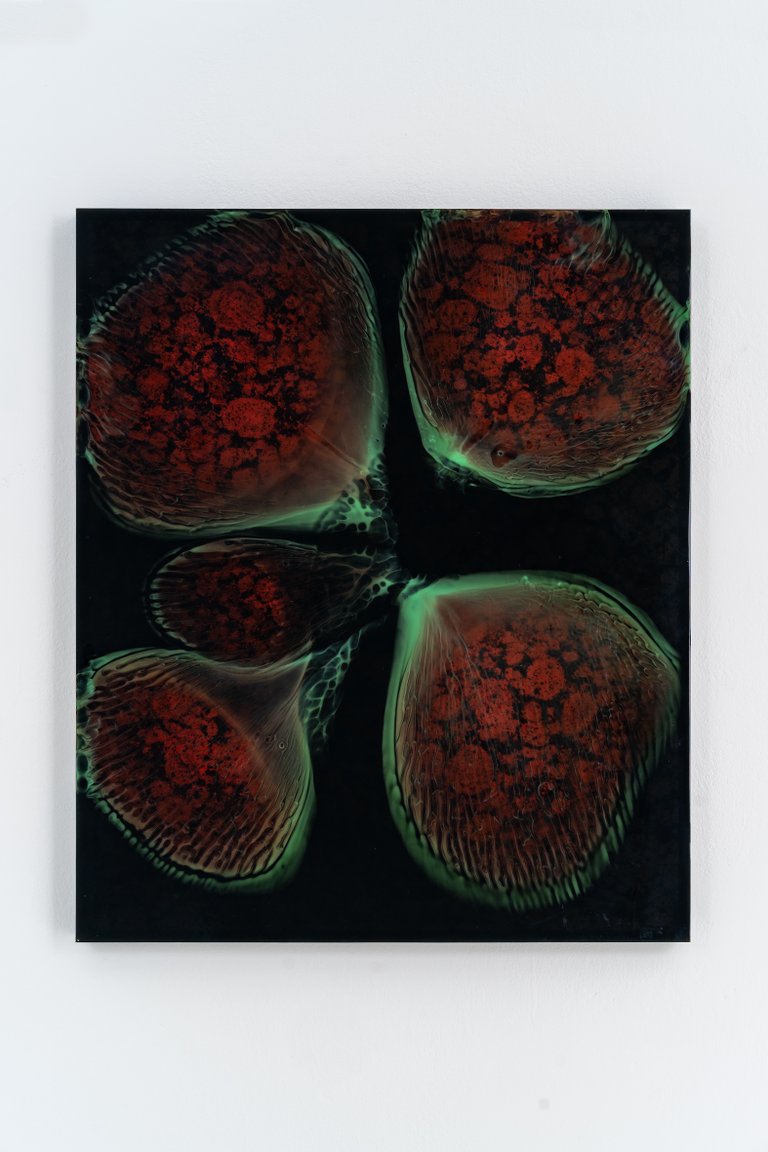
Nino Maaskola
Mount Petrol (Englishred, Mediumaquamarine, Black), 2023
ochre-black granite, synthetic resin
60 x 50 cm
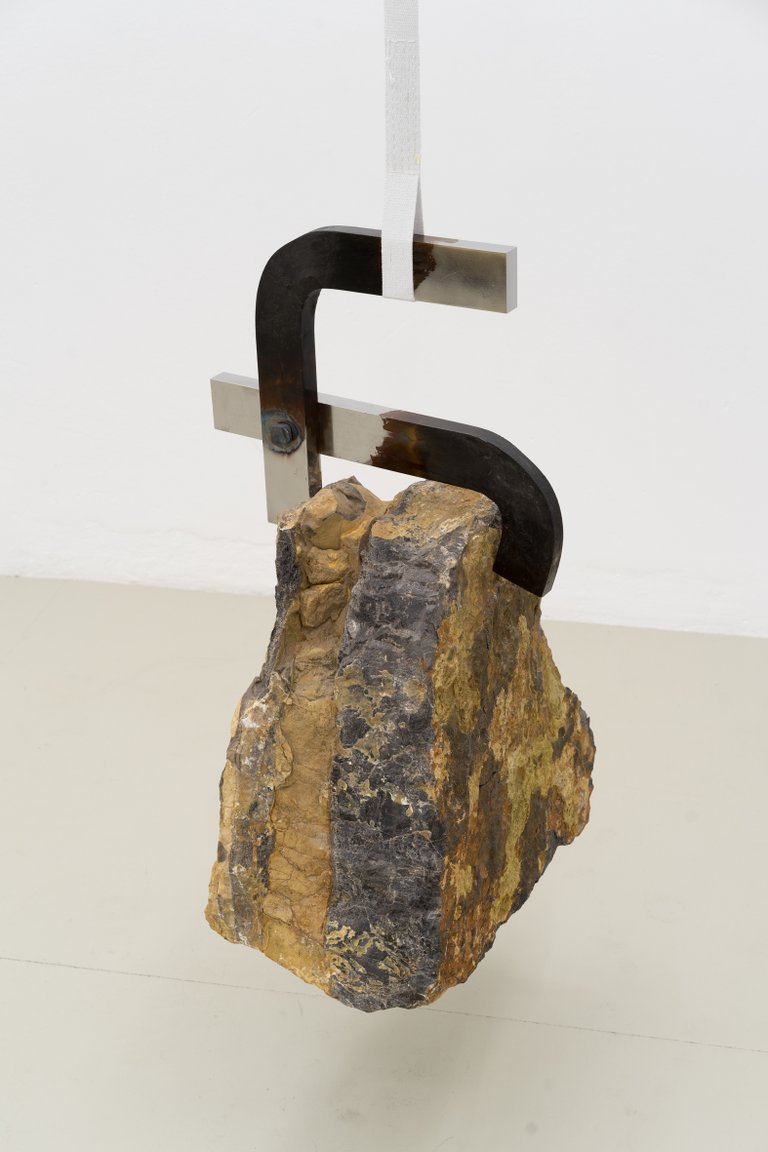
Nino Maaskola
Abschied von der Erde (Schwarz), 2023
steel, linseed oil, black stone, sling
65 x 38 x 42 cm
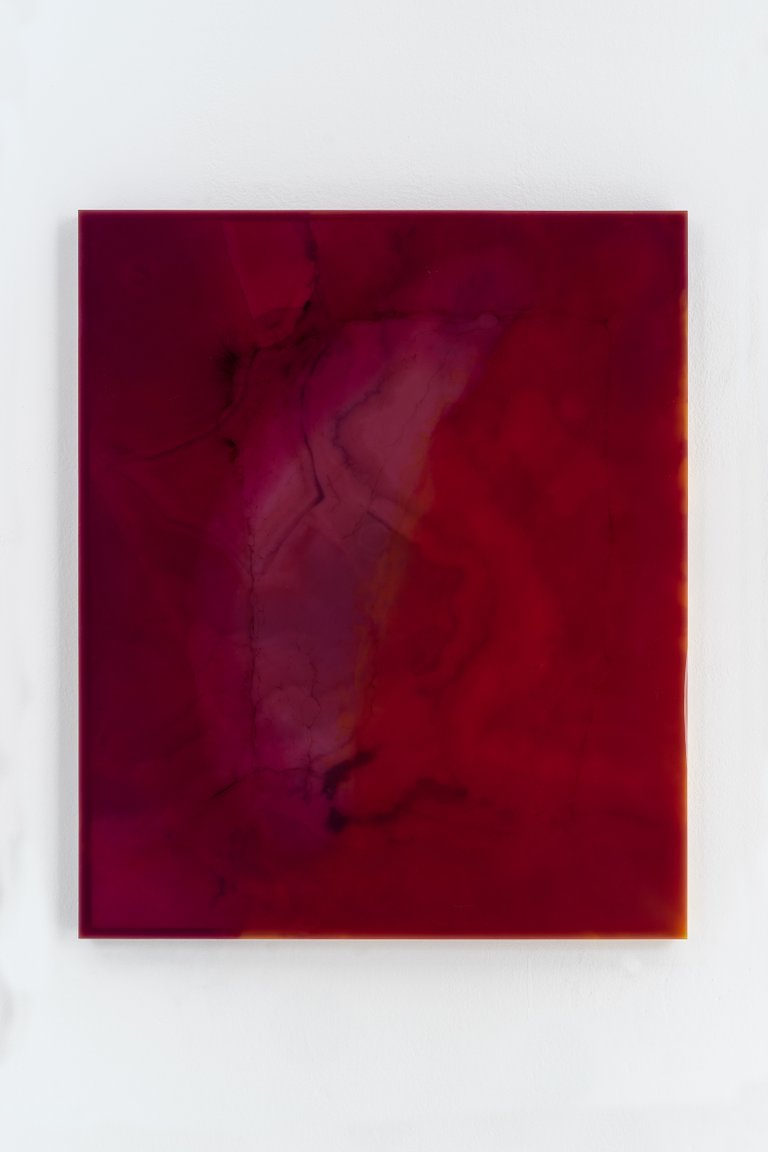
Nino Maaskola
Mount Petrol (Mediumvioletred, Mediumpurple, Palevioletred, Gold), 2023
onyx, synthetic resin
60 x 50 cm
